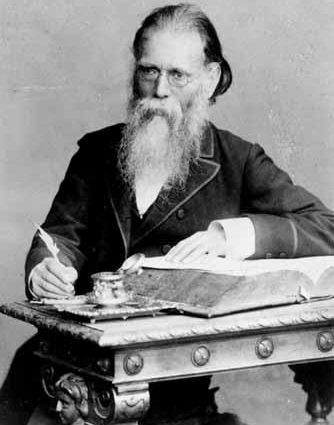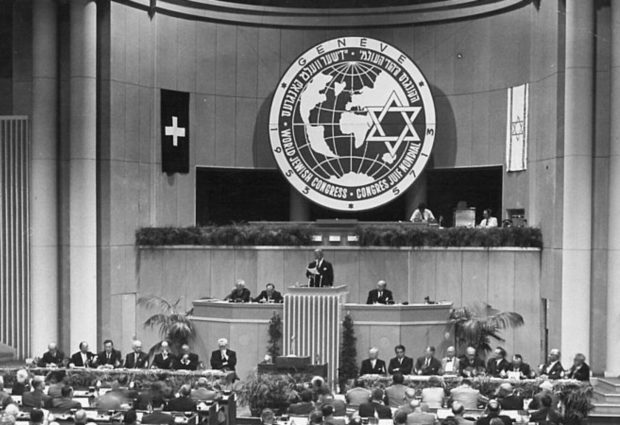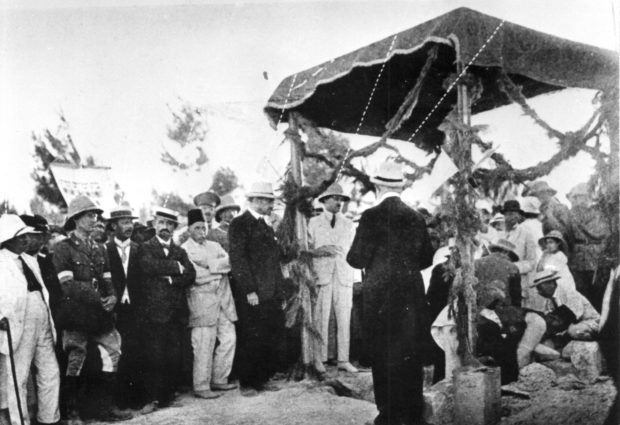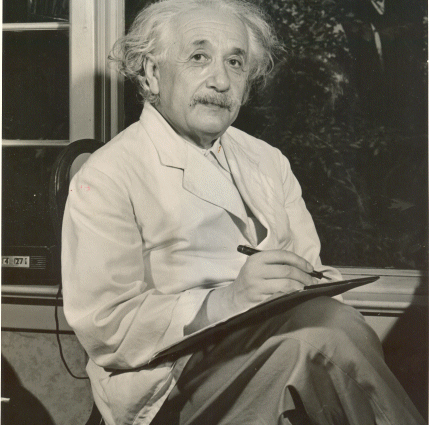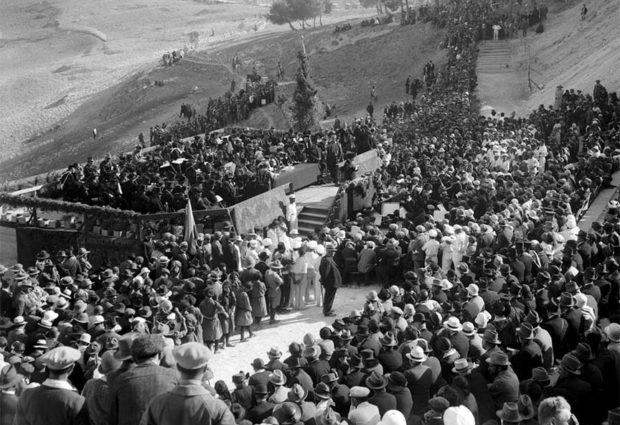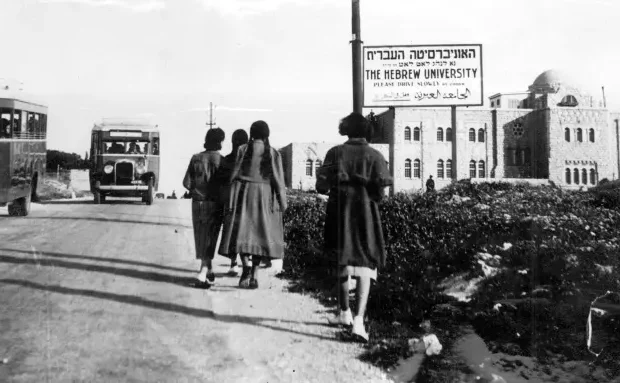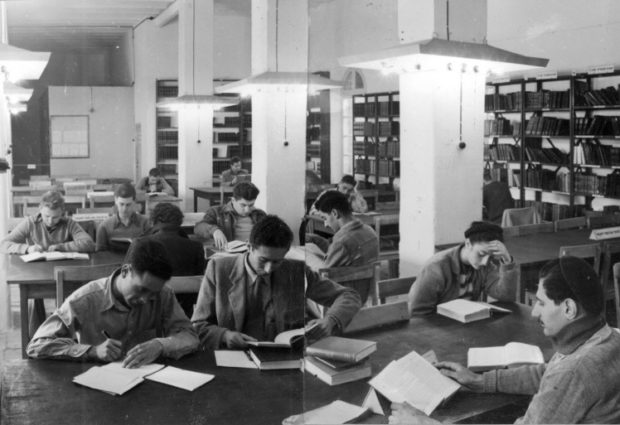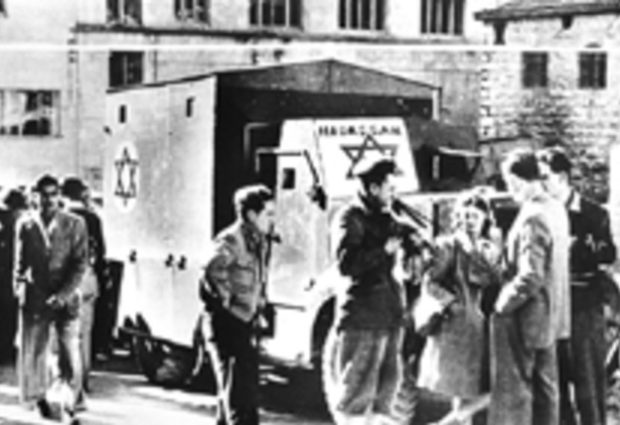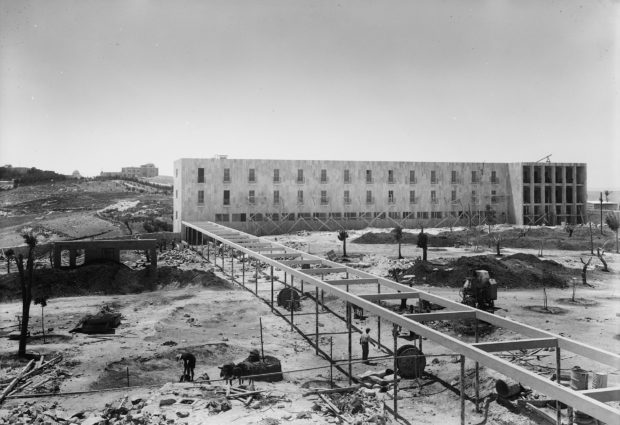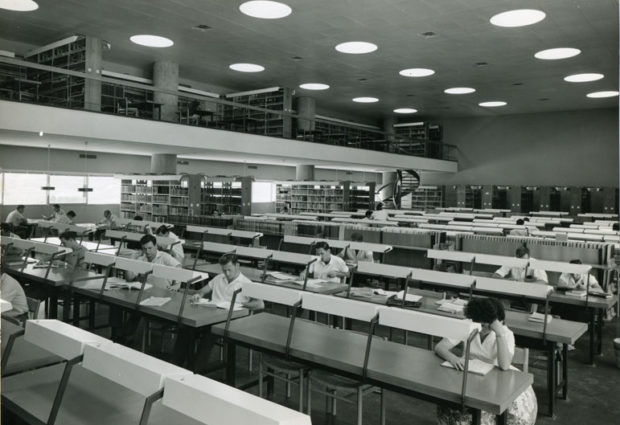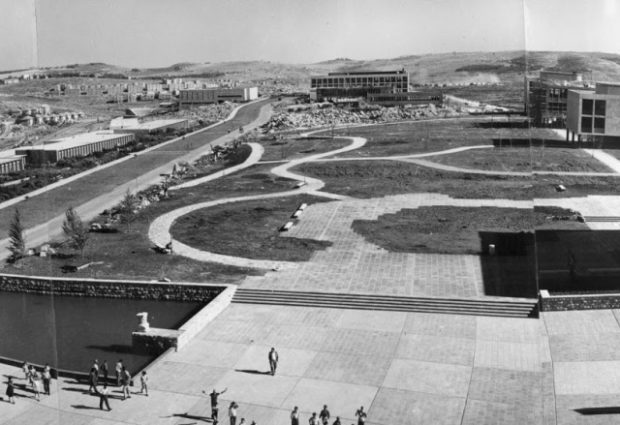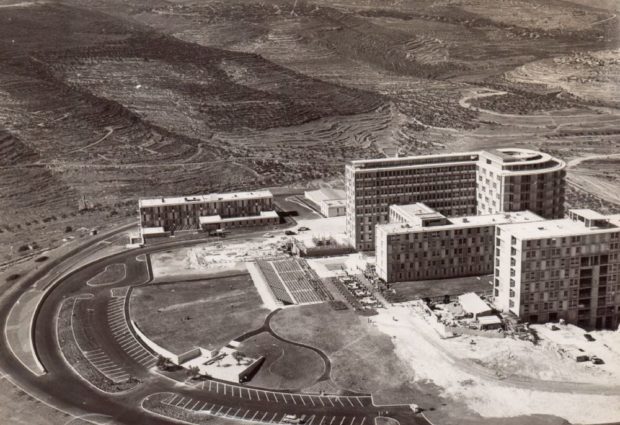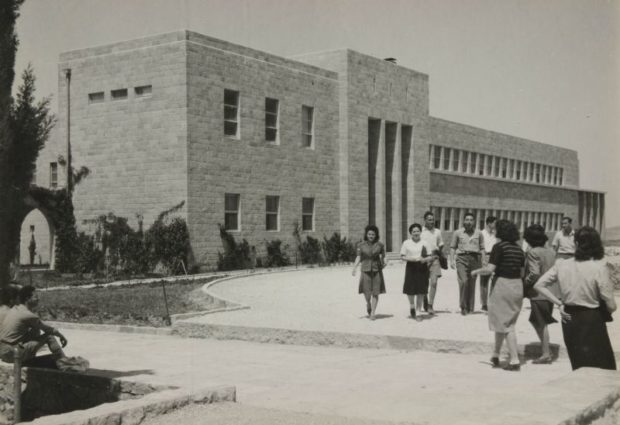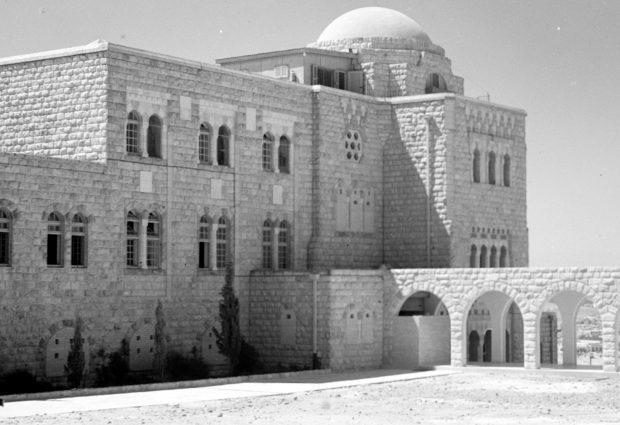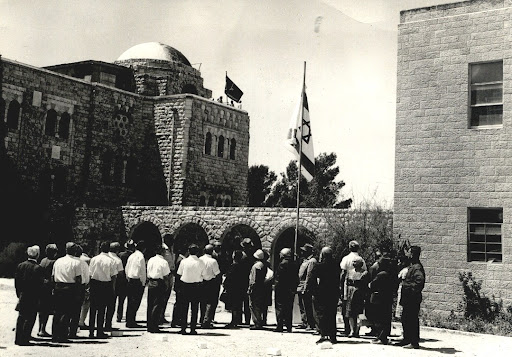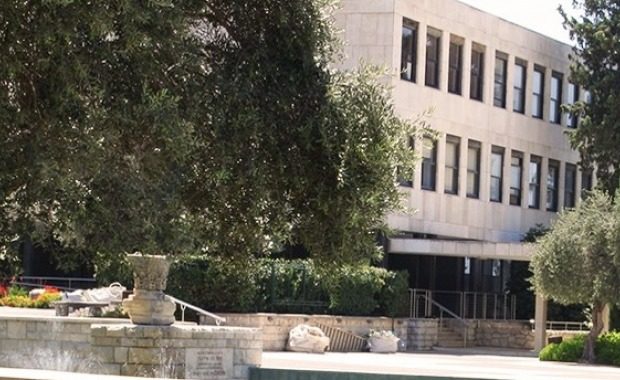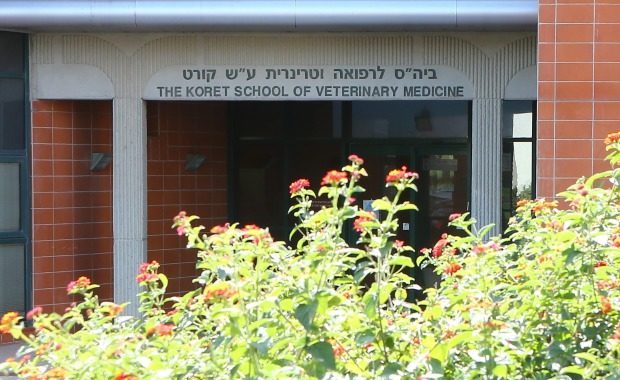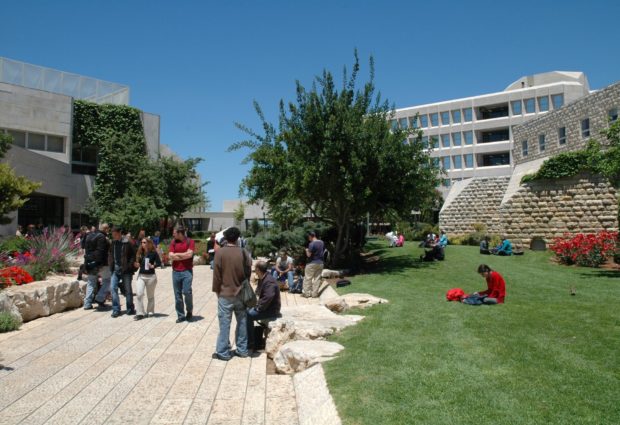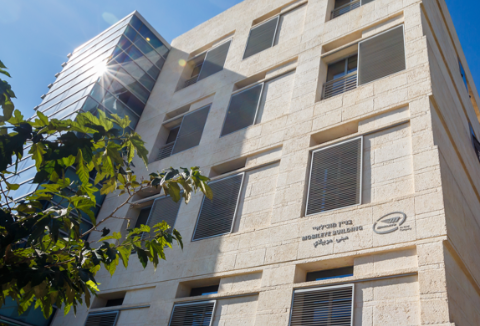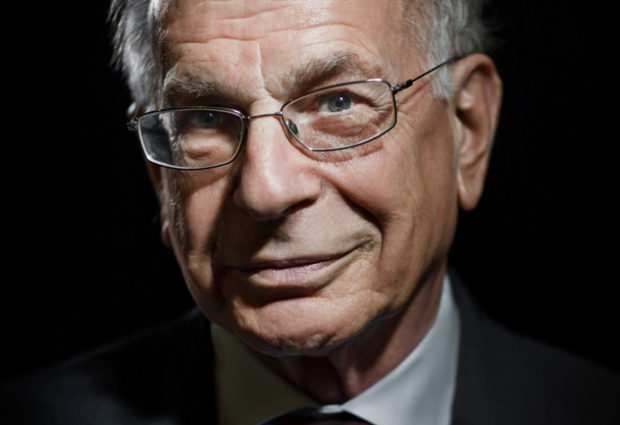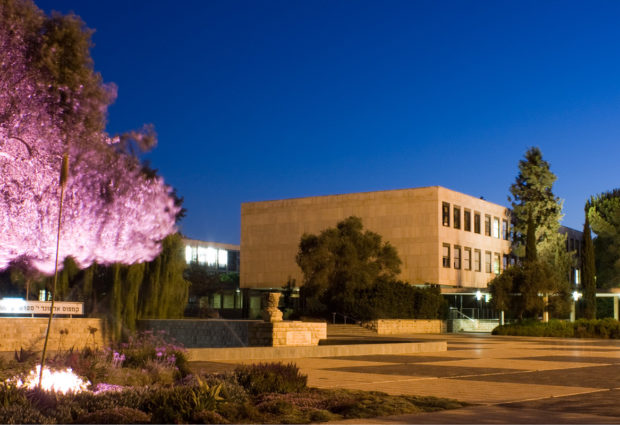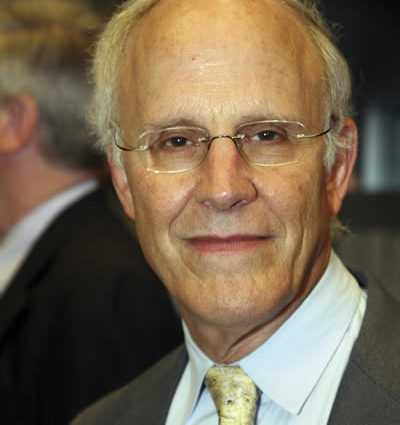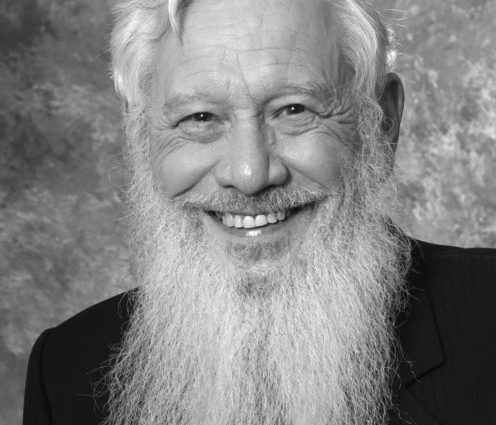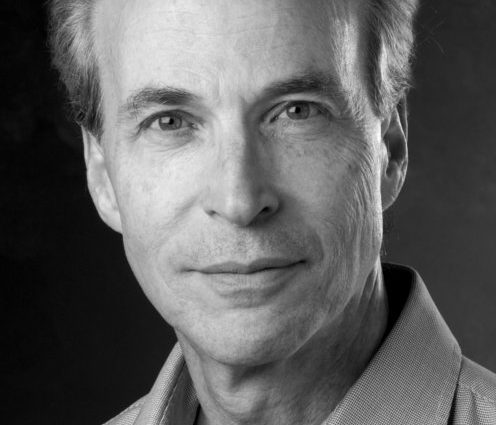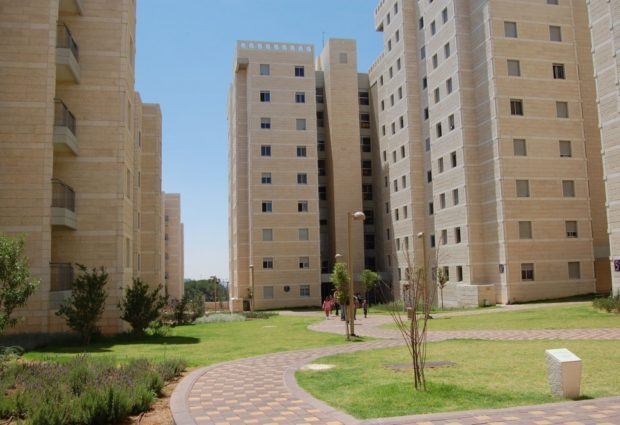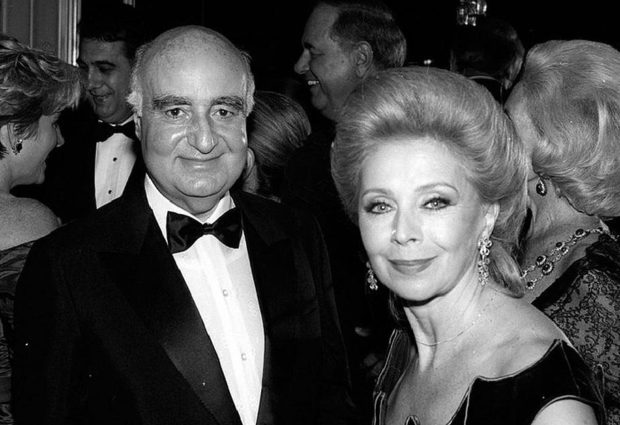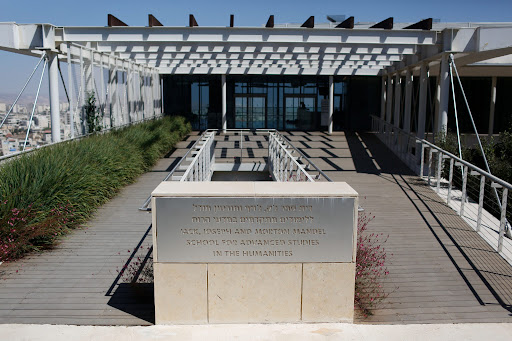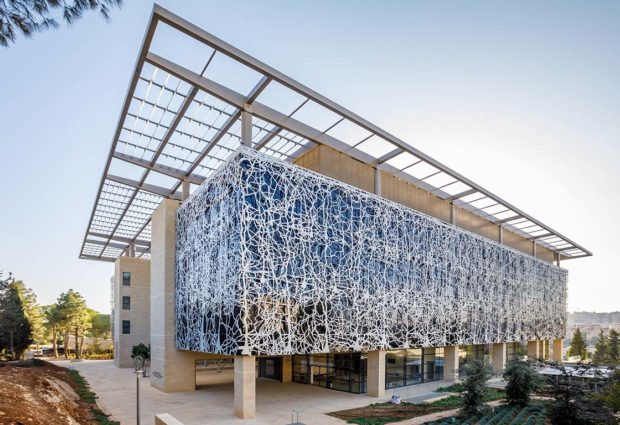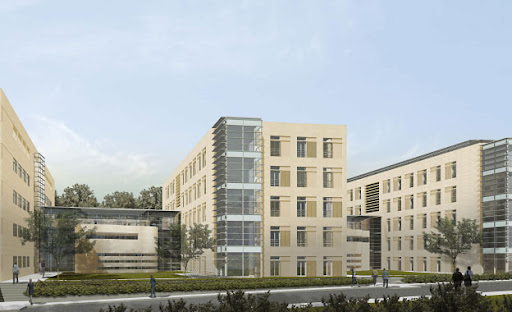A History Of
Academic Excellence
The Hebrew University of Jerusalem was founded in 1918 and officially opened its doors in 1925. It is Israel’s premier university and research institution.
Ranked internationally among the 100 leading universities in the world, Hebrew University has been recognized for leadership in the scientific community, stressing excellence in a wide array of studies, including the humanities, social sciences, exact sciences, and medicine. The university encourages multi-disciplinary activities in Israel and overseas, and serves as a bridge between academic research and its social and industrial applications.
Founded by Albert Einstein, Sigmund Freud, Chaim Weizmann, and Martin Buber, The Hebrew University of Jerusalem is one of the world’s most distinguished academic and research institutions. The university is located in Israel, but its work transforms our global landscape. Its students, faculty, and alumni have won eight Nobel Prizes, developed treatments for diseases, and ignited innovation that has led to more than 10,750 patents.
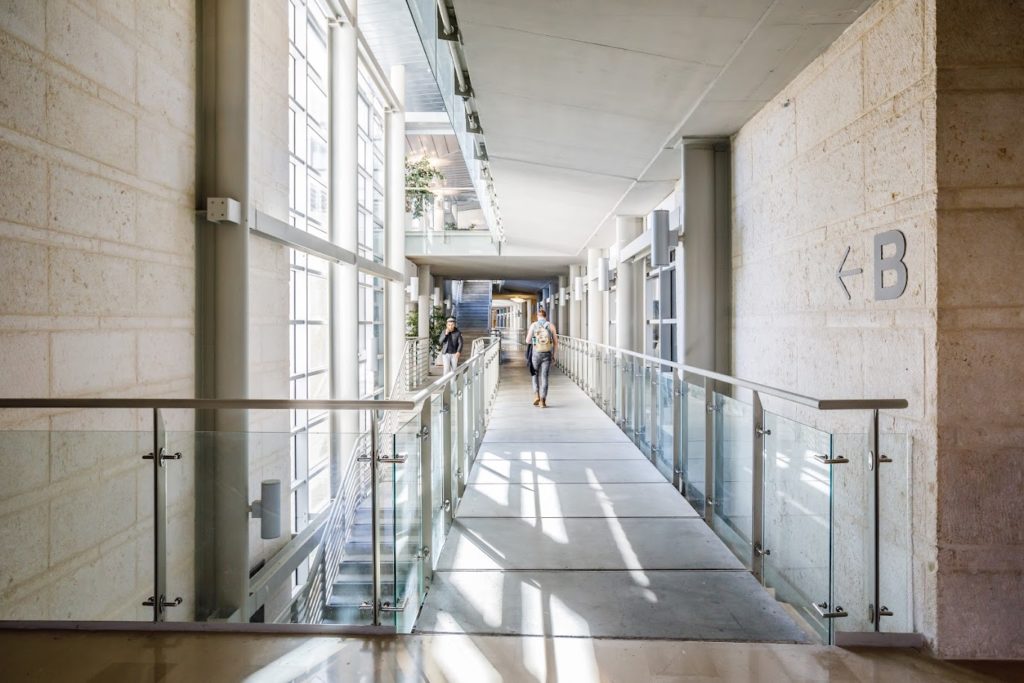
Global Scope
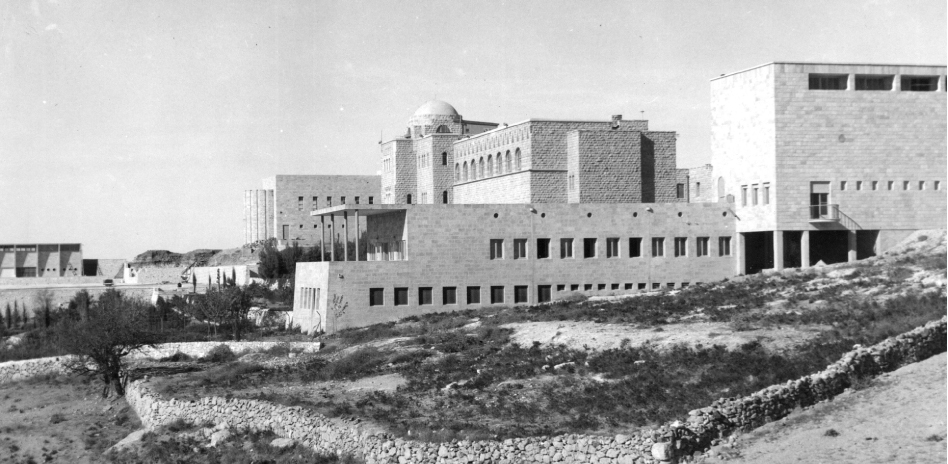
The Hebrew University of Jerusalem opened on Mount Scopus in 1925.
By 1947, it had evolved into a large research and teaching institution.
The Hebrew University’s opening ceremony on Mount Scopus in 1925 was attended by the leaders of the Jewish world, distinguished scholars, public figures, and British dignitaries, including the Earl of Balfour, Viscount Allenby, and Sir Herbert Samuel.
By 1947, the university had become a large research and teaching institution. A medical school was approved in 1949, as well as a faculty of law. In 1952, an agricultural institute was founded. During the 1948 War of Independence, attacks were carried out against convoys moving between the Israeli-controlled section of Jerusalem and the university. The leader of the Arab forces in Jerusalem, Abdul Kader Husseini, threatened military action against the university’s Hadassah Hospital “if the Jews continued to use them as bases for attacks.”


After the Hadassah medical convoy massacre, in which 79 Jews including doctors and nurses were slaughtered, the Mount Scopus campus was cut off from Jerusalem.
British soldier Jack Churchill coordinated the evacuation of 700 Jewish doctors, students, and patients from the hospital. When the Jordanian government denied Israeli access to Mount Scopus, a new campus was built at Givat Ram in western Jerusalem and completed in 1958. In the interim, classes were held in 40 buildings around the city. The Terra Santa building in Rehavia, rented from the Franciscan Custodians of the Latin Holy Places, was also used for this purpose. By the beginning of 1967, the students were spread among the two campuses in Jerusalem and the agricultural faculty in Rehovot. After the unification of Jerusalem, following the Six-Day War of June 1967, the university was able to return to the rebuilt Mount Scopus. In 1981, the construction work was completed and Mount Scopus again became Hebrew University’s main campus.
